How high jewellery houses are using techniques like ‘lost wax’ and unorthodox metals such as aluminium and titanium, from Van Cleef & Arpels and Cindy Chao to JAR and Hong Kong’s Forms

She captures fleeting moments in the life cycle of her subject – such as a leaf or a dragonfly – and once satisfied, marks out precisely where each of the thousands of precious gemstones will sit in the finished piece.
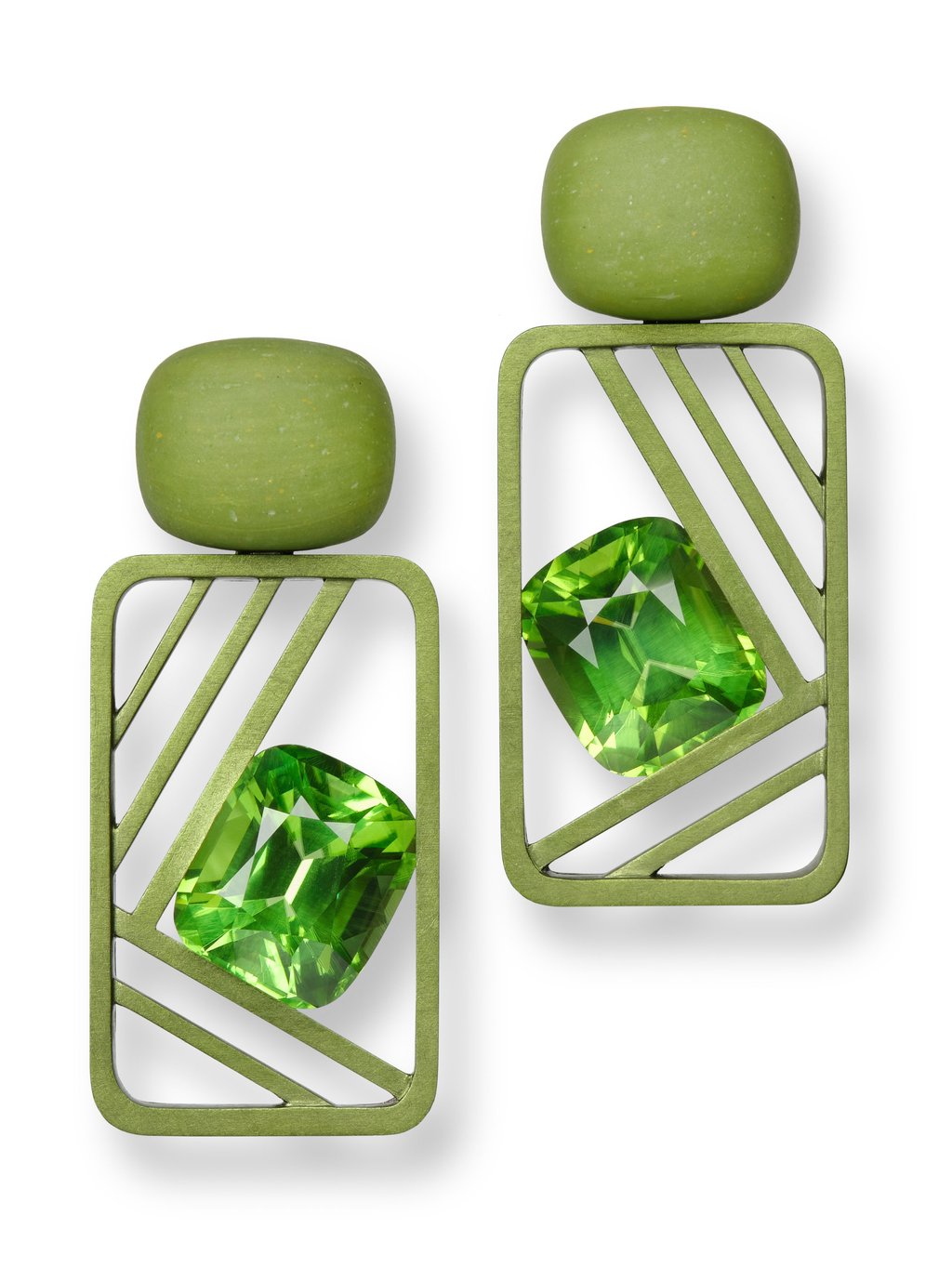
This model is then sent to Chao’s atelier in Europe to be cast and transformed into shimmering reality.
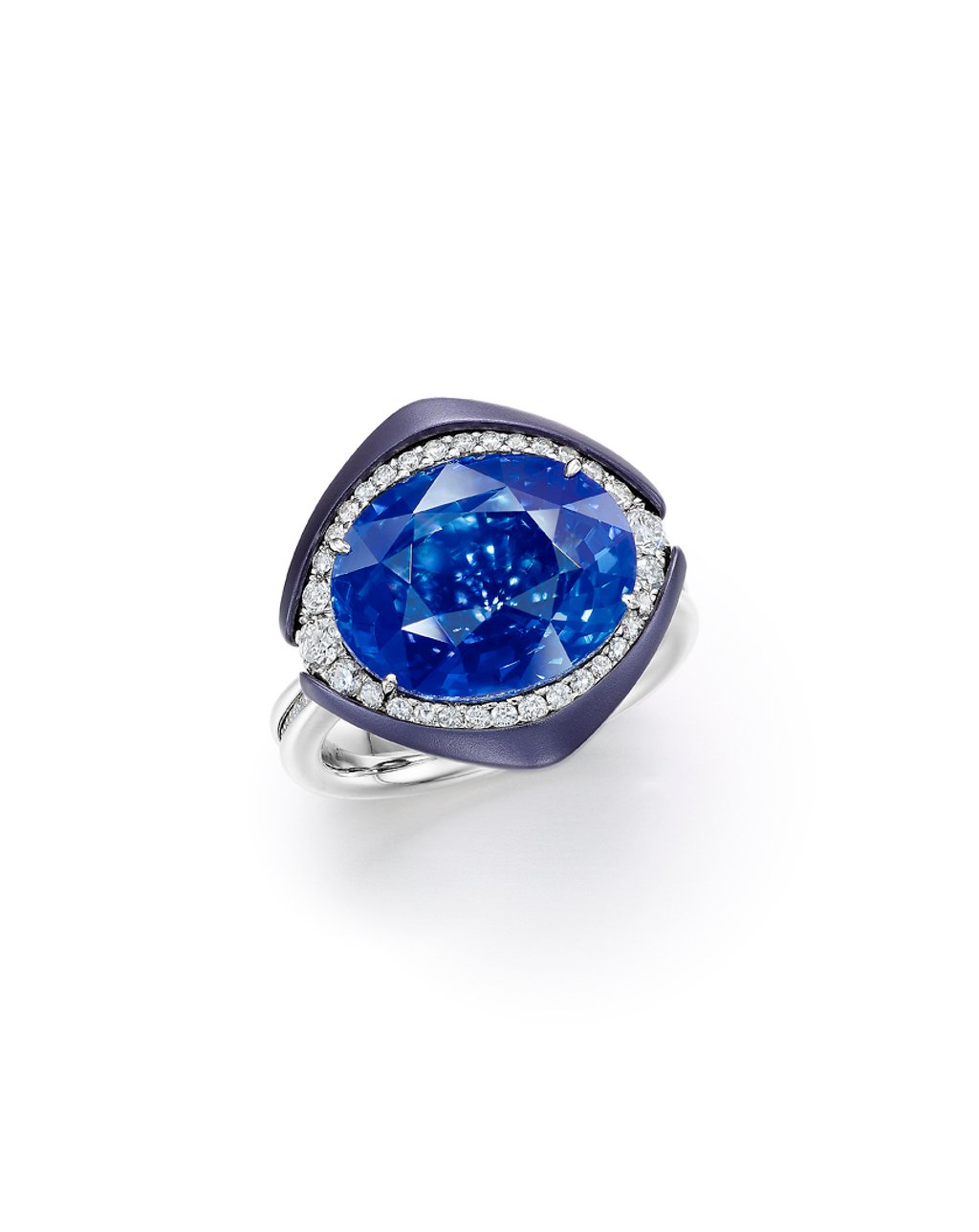
Some designers choose to shape their jewels from hard sheets that have already been dyed. At Hemmerle though, aluminium in its pre-anodised, malleable state is sculpted into the desired shape, then set with gemstones and anodised
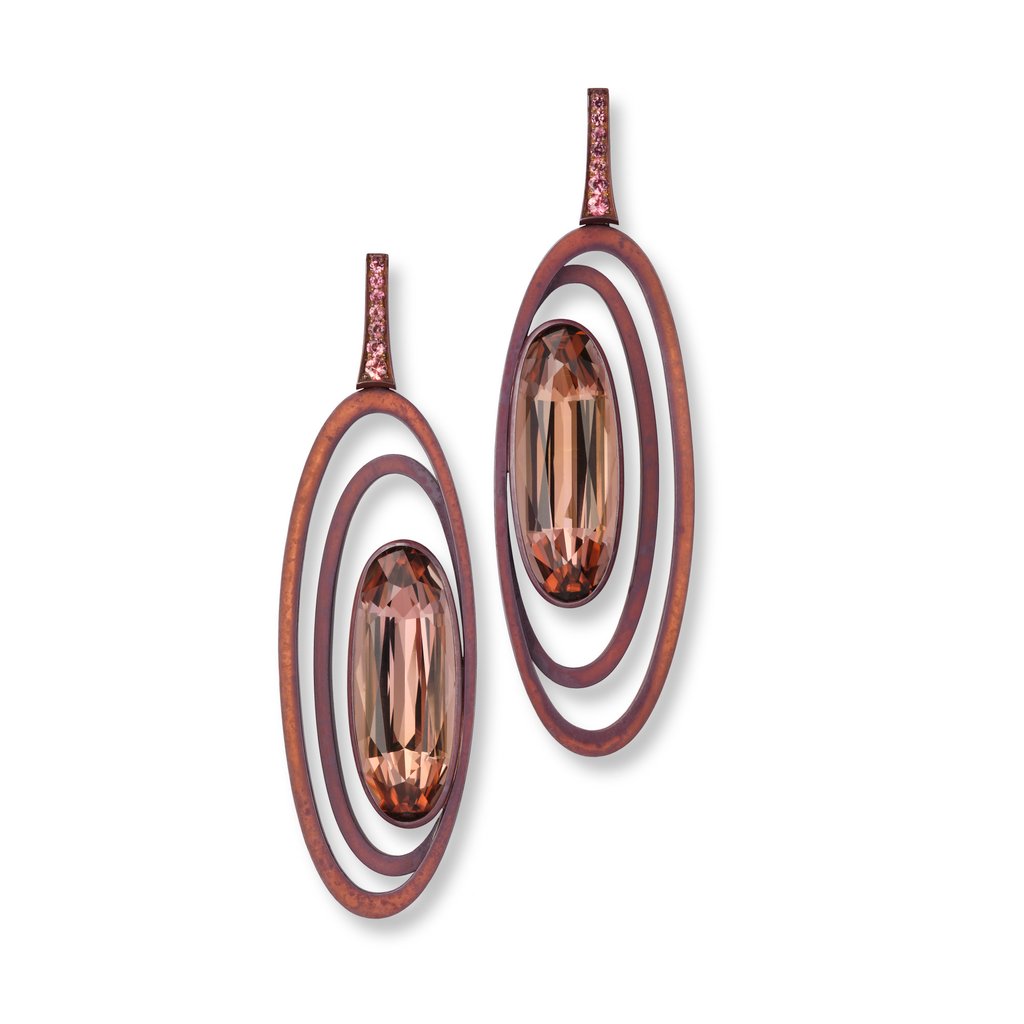
“[The metal’s] malleability enables us to focus on innovation and create intricate works that are delicate in design yet highly durable,” said Yasmin Hemmerle, who produces pieces with her husband, Christian Hemmerle. “Through a process of anodising, we create aluminium in a variety of hues that complement the natural colours of the stones,” she added, noting that anodising is the most challenging part of the process.
While casting aluminium like titanium is an option, at Forms, co-founder and creator Tzvika Janover says the company prefers using computerised numerical control – an ultra-precise method of cutting metal – and then working on the final shape and texture by hand. “This high-precision process enables us to maintain the highest quality of alloy and perfect the end result,” he added.
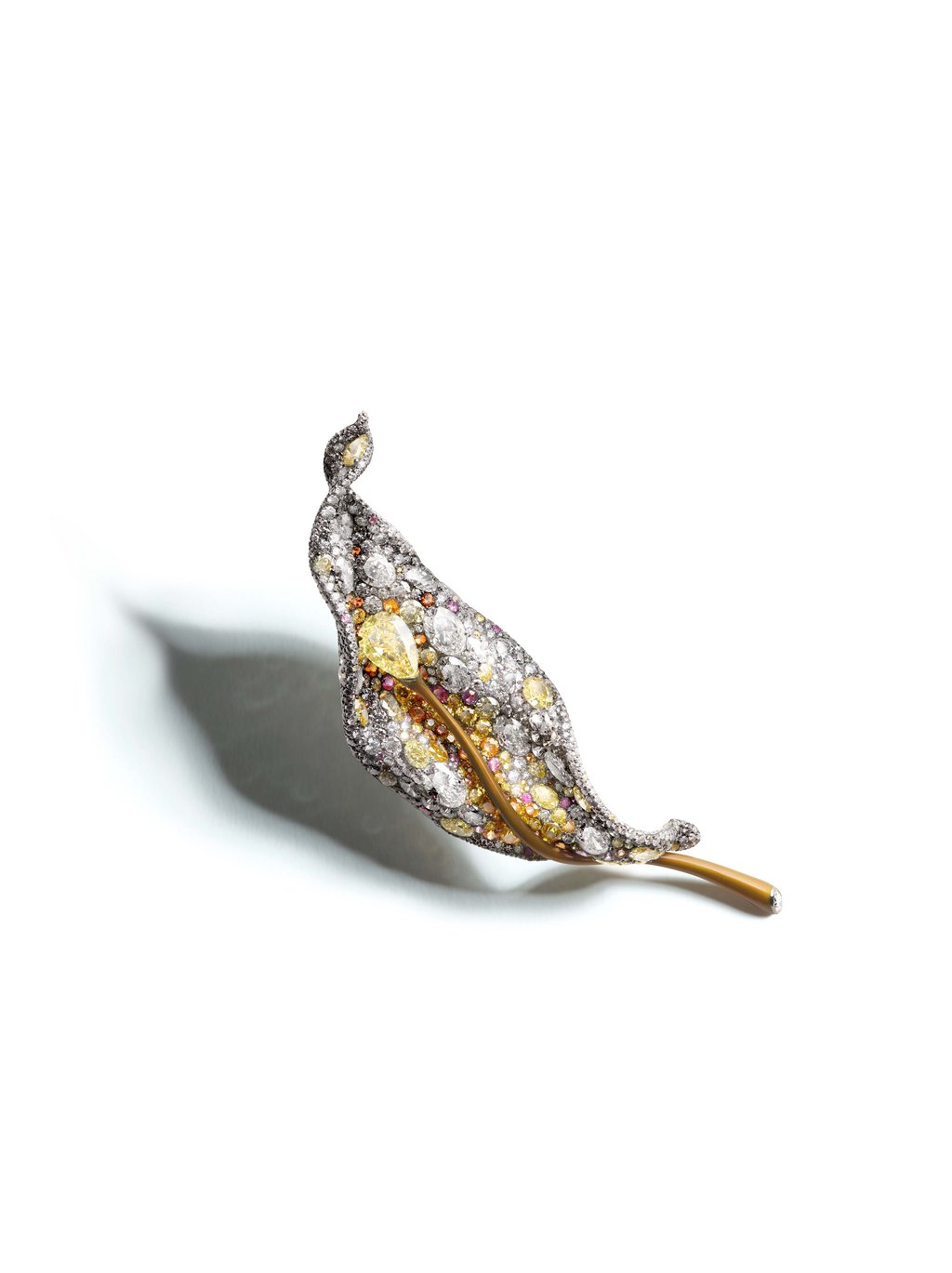
The German city of Munich has a history of using iron in jewellery, and at Hemmerle, experimenting with metals is “a constant element”, according to Yasmin. “We always research innovative ways to use unorthodox materials such as bronze, brass, copper, aluminium and iron, among others,” she added.
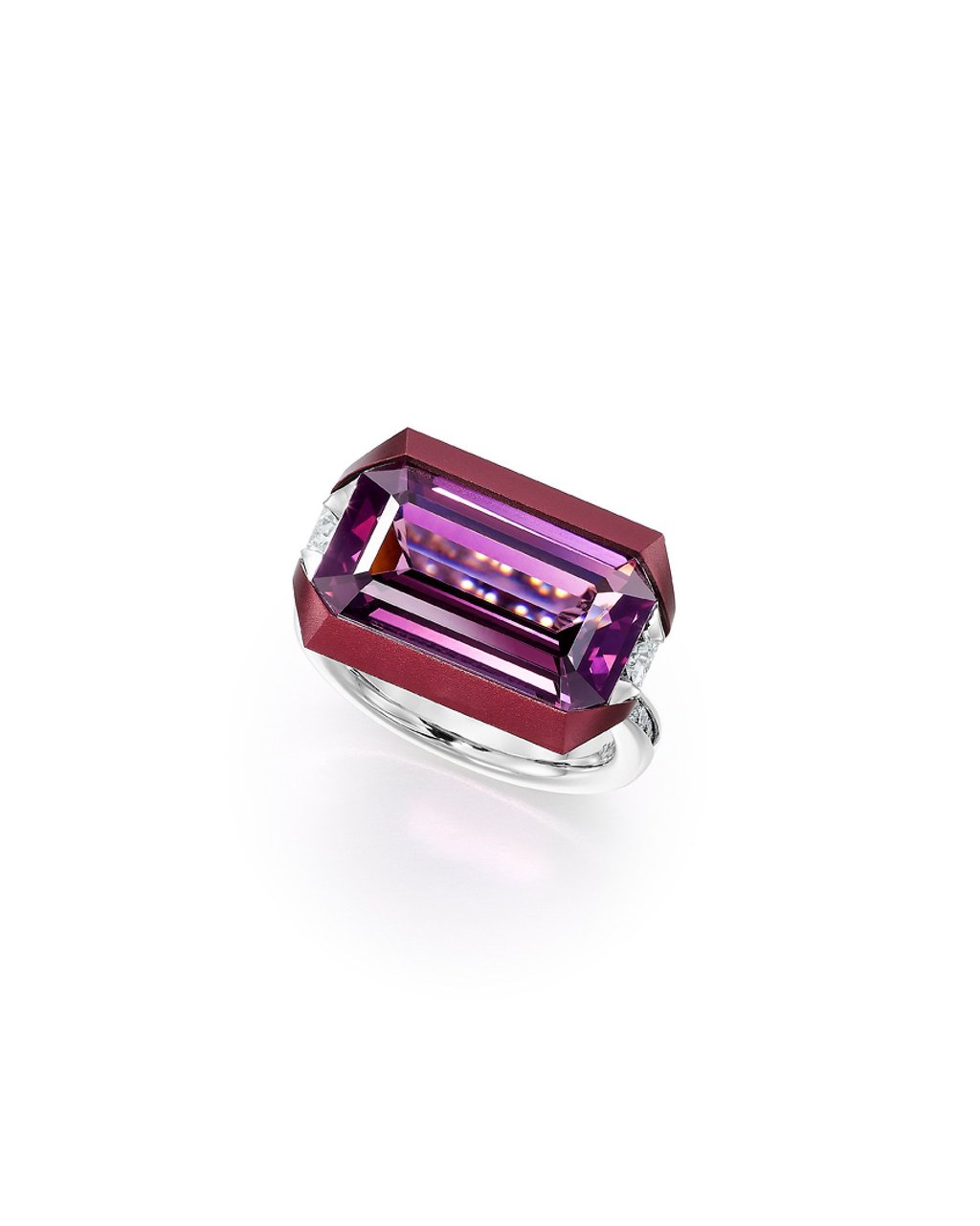
Beyond materials, there are also the techniques jewellers are developing to enhance their designs. For Hemmerle’s latest creation, which was recently completed in its atelier, “we crafted the body of the Harmony bangle by embedding on the surface a variety of metals”, Yasmin explained, adding that “silver, bronze and white gold have all been meticulously intertwined to create a puzzle-like, smooth surface”.
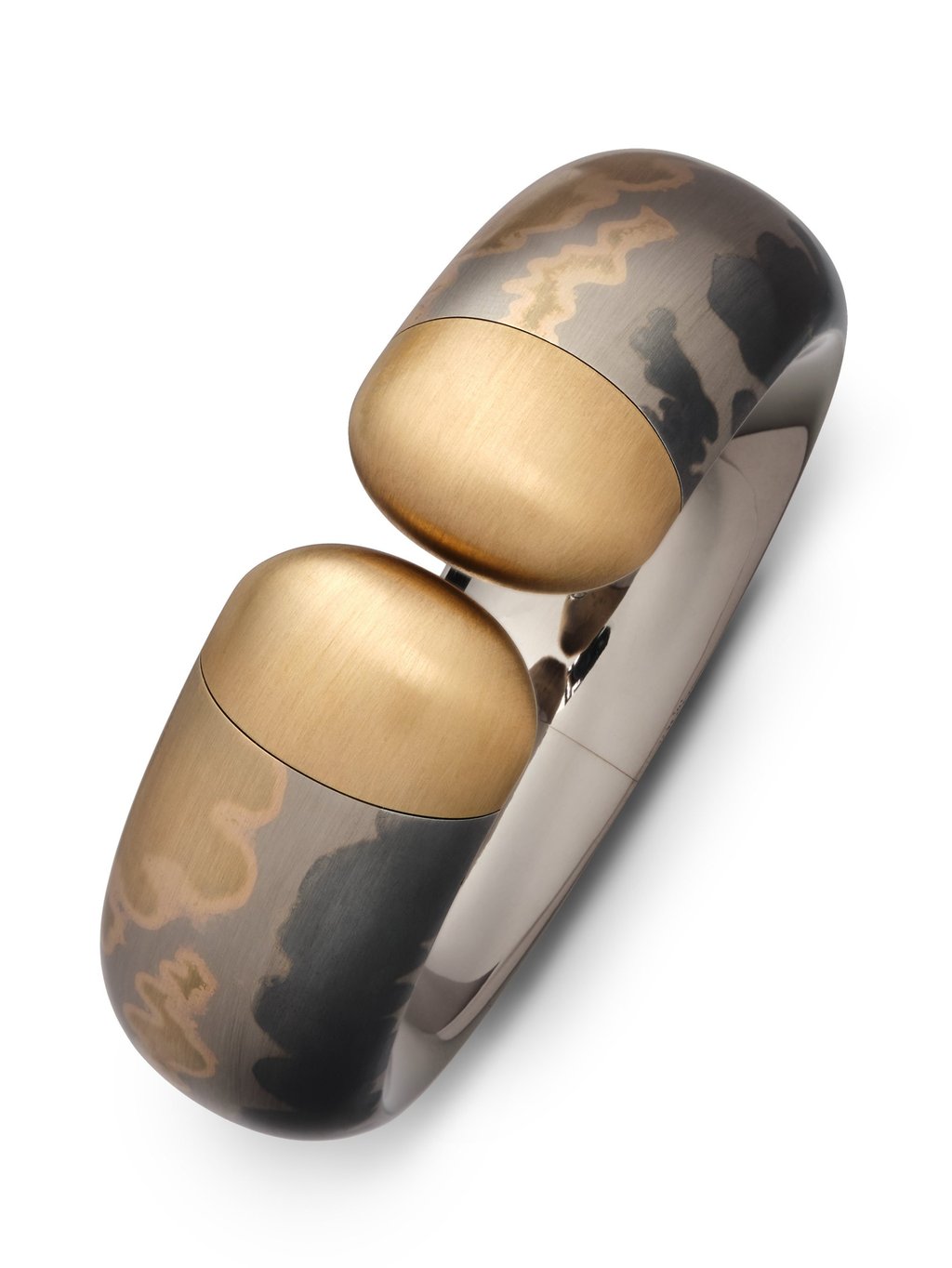
Jewellery techniques and materials are constantly evolving. While history brings us cire perdue for sculpting beautiful shapes and other traditional techniques that date back centuries, designers and artisans’ workshops continue to search out new ways of creating ever more desirable jewels.
Source link